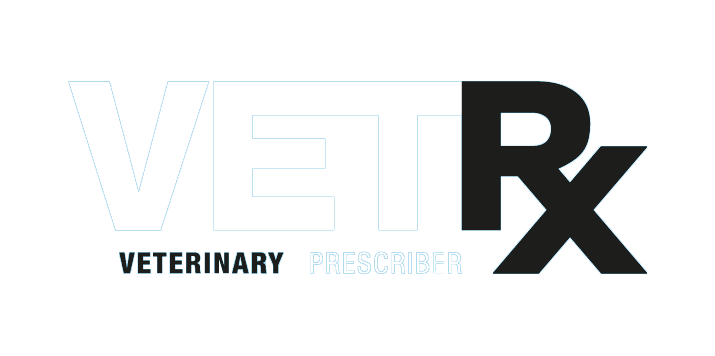Veterinary medicines and COSHH
Veterinary Medicines And COSHH
What is COSHH meaning?
The Control of Substances Hazardous to Health (COSHH) regulations is the law that requires employers to protect staff from hazardous substances.
COSHH regulations define a hazardous substance as “a substance or mixture with the potential to cause harm if they are inhaled, ingested, or come into contact, or are absorbed through the skin”. The definition includes veterinary medicines.
Workplace health and safety is regulated in England, Scotland and Wales by the Health and Safety Executive (HSE). The equivalent regulator in Northern Ireland is the Health and Safety Executive Northern Ireland (HSENI).
What is COSHH meaning for veterinary practices?
All veterinary employers are expected to perform a risk assessment and to implement appropriate control measures for staff to follow before handling any hazardous substances, including veterinary medicines. If a practice employs five or more people, the assessment(s) must be recorded in writing. Failure to adequately control hazards can lead to prosecution under the COSHH Regulations and civil action from injured or ill employees. For veterinary employers, understanding the potential harms of medicines and preventing harm from medicines handling is a key responsibility, detailed in the CoSHH regulations and also covered in RCVS Practice Standards Scheme assessments.
What are the potential harms to veterinary employees?
Veterinary medicines that are used every day in veterinary practice can be harmful to the people who handle them. Often the level of risk associated with a veterinary medicine is low, but some medicines can have devastating and long term effects if mishandled or as a result of accidental exposure (such as loss of function as a result of a needlestick injury, or miscarriage of a pregnancy).
COSHH risk assessment is about understanding the risk of harm in practice
When doing a COSHH risk assessment veterinary employers need to identify all the hazardous medicines that are used in the practice and find out about the potential for harm. Importantly doing a COSHH risk assessment is not just about knowing the inherent risk associated with a medicine’s ingredients. It is also crucial to take account of how the medicine is formulated, how the medicine is used, and also who is using it.
Types of medicines handling in a veterinary practice
In a veterinary practice, the tasks involving medicines include:
dispensing and administering a medicine to an animal in the practice
dispensing a medicine for a client to administer
manipulating a medicine (e.g. crushing tablets)
manufacturing (compounding) a medicine in the practice
cleaning up a medicine spillage
handling medicine-contaminated equipment, body fluids, excreta, bedding etc.
disposing of medicines in the practice and handing them over to a waste management company.
Preventing harm from veterinary medicines
As veterinary medicines have the potential to cause harm to people who handle them, employers have responsibility (under COSHH regulations) to protect employees by identifying the risks and then removing or reducing the likelihood of harm. While common sense is helpful for safe handling of medicines, it is not enough. And it’s not just about providing personal protection equipment (PPE). PPE is the last resort after considering the possibilities of elimination, substitution, isolating workers from the hazard and administrative controls.
Veterinary Prescriber can help
Making risk assessments about medicines can be a daunting task. This is where Veterinary Prescriber’s practical guide will help. ‘Medicines under the COSHH: seven things you can do to handle medicines safely’ is guide for anyone who needs to make a medicines risk assessment in veterinary practice. Whether you have a fully embedded COSHH system, or are just starting to think about the risks from handling medicines, the seven steps can help you protect staff and clients from medicines hazards. This guide is available to subscribers in Veterinary Prescriber’s Virtual Veterinary Medicines Academy,
Veterinary Prescriber is an independent medicines information resource that helps veterinary practitioners and practices with all aspects of medicines use. We understand the clinical, practical and regulatory aspects of medicines use. In short, we make sense of medicines. As well as practical guides on medicines use, we publish independent reviews of medicines that help practitioners to make prescribing and purchasing decisions. We're proud to be wholly independent, which means that the information we provide is impartial and not influenced by commercial interests. We are funded by subscribers, which means we can be completely objective.
For more information on Veterinary Prescriber, including how we research and produce our content, or to meet the Veterinary Prescriber team, please see our about us pageus page, or to begin reading that content right now, you'll need to sign up for an individual or practice subscription.
Veterinary Prescriber also offers CPD on medicines for vets, vet nurses and SQPs through The Academy. For further details on The Academy itself, what is covered in the CPD modules, or to sign up today, click here - and lastly if you'd like to contact our team directly, you can of course do so using the details you'll find on our contact us page.

